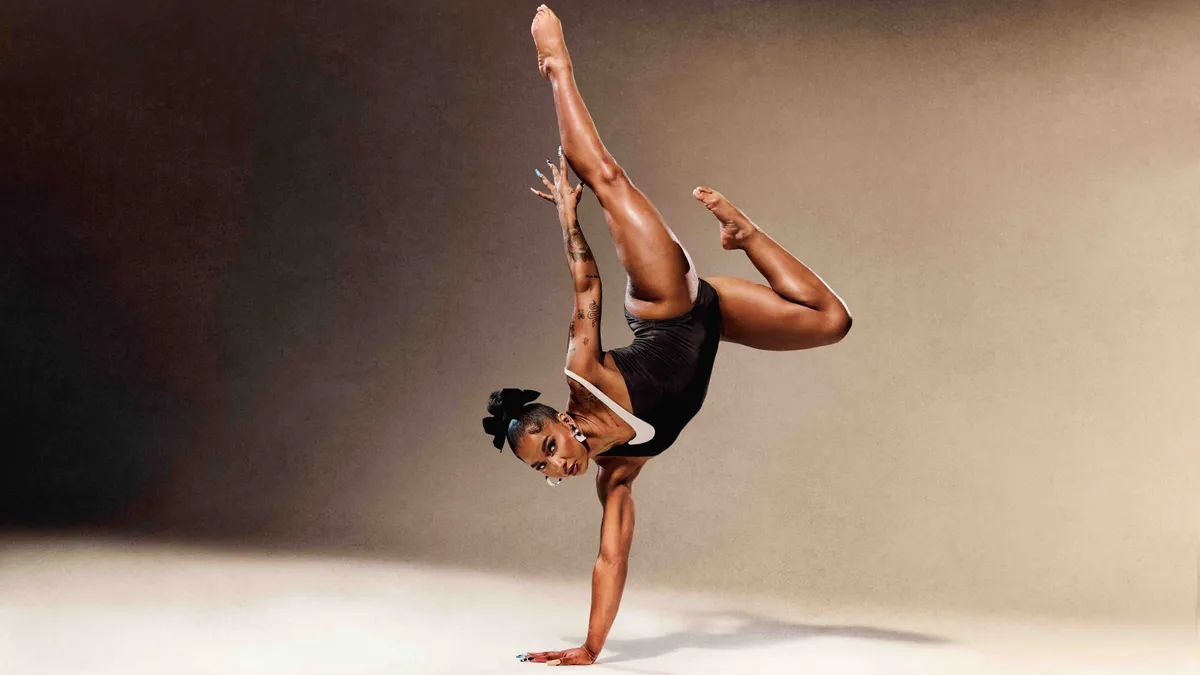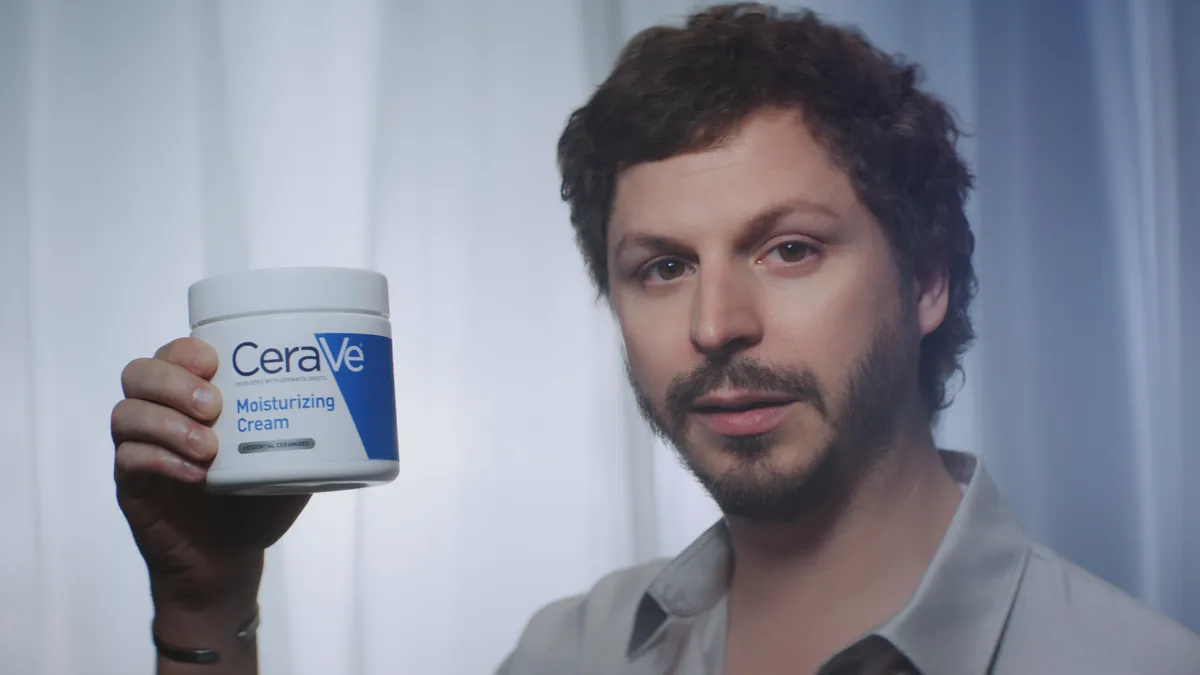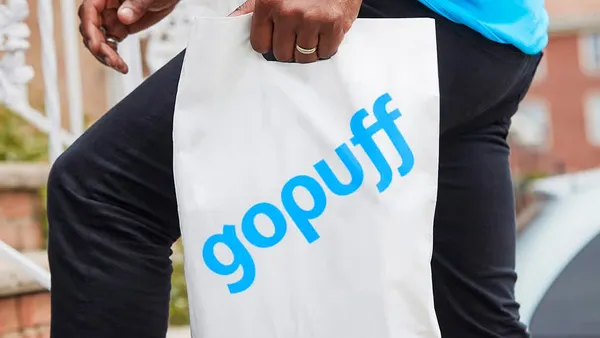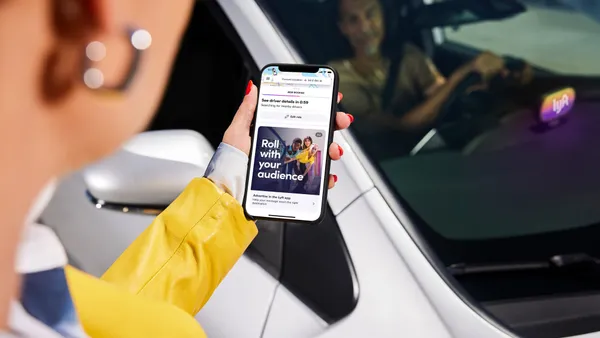Brief:
- Spotify, the streaming music service with 207 million users worldwide, added streaming conversion metrics to its self-serve platform to help marketers track the performance of ad campaigns. The software tools aim to help artists and record labels monitor their campaigns and adjust future promotions, per a company blog post.
- The metrics help to determine how listeners responded after hearing an ad, such as whether they listened to featured music tracks or logged off. Advertisers can compare how ads performed with newer listeners and how many people saved music to their libraries or added them to playlists.
- The new conversion metrics are part of the Spotify Ad Studio that was released in 2017 to help music marketers reach listeners who use the company's ad-supported service. About 116 million people worldwide listen to the free, ad-supported service instead of subscribing to its ad-free, paid version.
Insight:
While Spotify makes most of its money from paid subscriptions, the streaming platform aims to monetize the music and podcasts that non-subscribers hear with audio advertising and banners on its mobile and desktop apps. The addition of conversion metrics to its Spotify Ad Studio makes the platform more transparent to music labels and artists who want to determine ROI from promotions around driving listenership. Because Spotify pays content providers based on the number of streams, boosting listenership is a critical part of getting paid and of publicizing artists who make most of their money from live performances.
In announcing the new conversion metrics, Spotify cited the positive experience of music marketers who have tested out the new software tools. Music marketing agency Wavo observed that 38% of people who heard an ad for a release by Interscope recording artist Rich the Kid listened to the track. Almost 20% of those listeners streamed his music for the first time after hearing the ad.
"We're getting insight into not just how our campaign is resulting in streams, but deeper actions for an artist like how those listeners are turning into fans and adding a song to their playlist or hearting a song," Conor Clarke, Wavo CEO and co-founder, told Spotify.
Spotify's efforts to make its platform more appealing to advertisers comes as the company faces stronger competition, especially from Apple Music. Apple — which doesn't offer free, ad-supported streaming to listeners — recently overtook Spotify in paid U.S. subscriptions, although Spotify is still the global leader.
Faced with growing competition from Apple, Spotify last month filed a complaint with European antitrust authorities that accused the tech giant of attempting to " purposely limit choice and stifle innovation" in its App Store. Apple takes a 30% cut of first-year subscription revenue and 15% of renewal revenue in subsequent years — fees that app developers like "Fortnite" creator Epic Games have described as onerous and anti-competitive. Streaming video giant Netflix last year stopped letting new users pay for a subscription through its iOS app. Instead, new Netflix subscribers need to make direct payments on its website, letting the company keep more revenue instead of handing it over to Apple.














